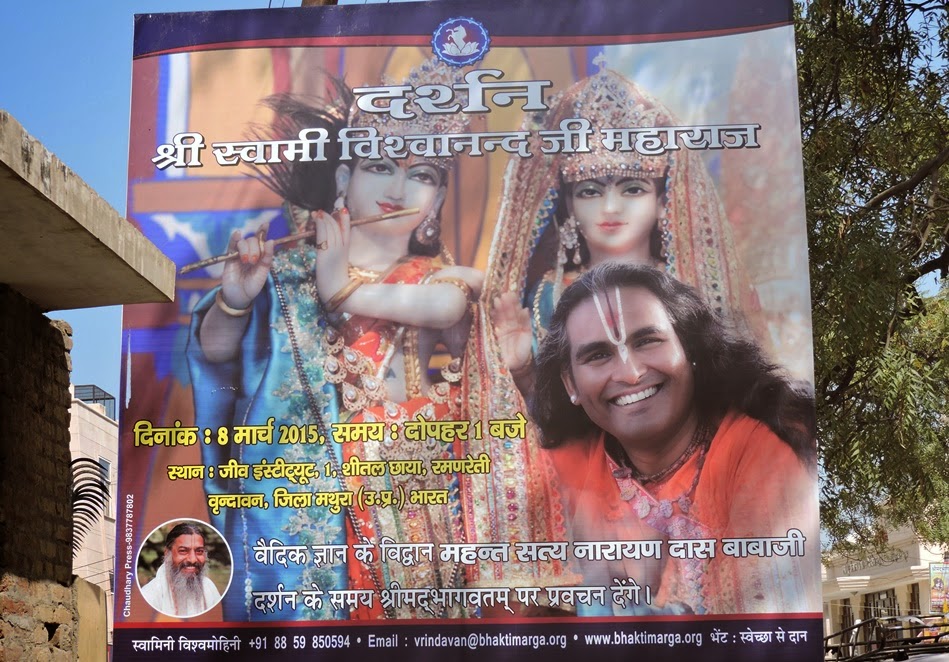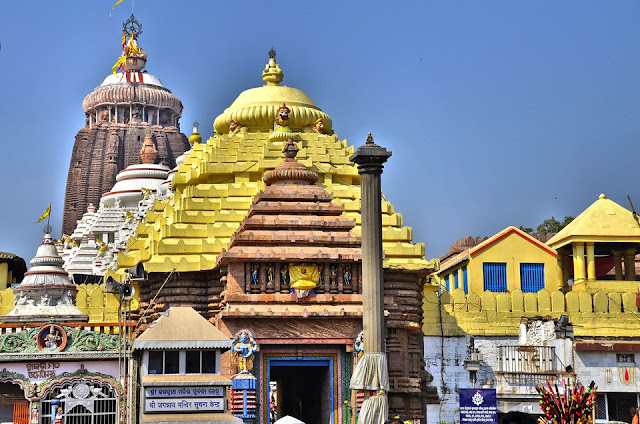Parakiya
This is perhaps evident in SS's next observation: that Sahajiyas glorify parakiya-bhava, whereas the Shakta Tantriks are opposed to it, or at least the particular exponent of Tantrism that SS has read makes this distinction. Parakiya-rasa is, as everyone knows, "more powerful" than svakiya. But what does this mean in relation to the kinds of tantric ("sexo-yogic") practices that are so celebrated by its exponents? What is the difference here? I don't think we need look very far.
The descriptions of tantric sex as primarily a mechanical yogic exercise is perfectly adapted to the svakiya mood. Please remember that Rupa is writing in the context of Indian arranged marriages, where brides and grooms are selected for one another in terms of appropriateness, including sexual attractiveness, education, caste, social class, wealth, health, etc., etc. Though it is said that such relationships often do result in passion, they are more likely to result in friendship at best. It is well known that Indian marriages often are successful, as long as devotion to dharma is strong, in the TWT sense.
Parakiya bhava does not just mean illicit sex with other people's wives. There are two kinds of parodha nayika--the married woman and the young, yet unmarried girl. In the West we are accustomed to the idea of courtship, which was not socially acceptable in Hindu society. But this is a kind of parakiya relationship, though in many European cultures, this was done with the parents of the girls fully apprised of developments and their approval or disapproval having weighty consequences.

The descriptions of tantric sex as primarily a mechanical yogic exercise is perfectly adapted to the svakiya mood. Please remember that Rupa is writing in the context of Indian arranged marriages, where brides and grooms are selected for one another in terms of appropriateness, including sexual attractiveness, education, caste, social class, wealth, health, etc., etc. Though it is said that such relationships often do result in passion, they are more likely to result in friendship at best. It is well known that Indian marriages often are successful, as long as devotion to dharma is strong, in the TWT sense.
Parakiya bhava does not just mean illicit sex with other people's wives. There are two kinds of parodha nayika--the married woman and the young, yet unmarried girl. In the West we are accustomed to the idea of courtship, which was not socially acceptable in Hindu society. But this is a kind of parakiya relationship, though in many European cultures, this was done with the parents of the girls fully apprised of developments and their approval or disapproval having weighty consequences.




Comments